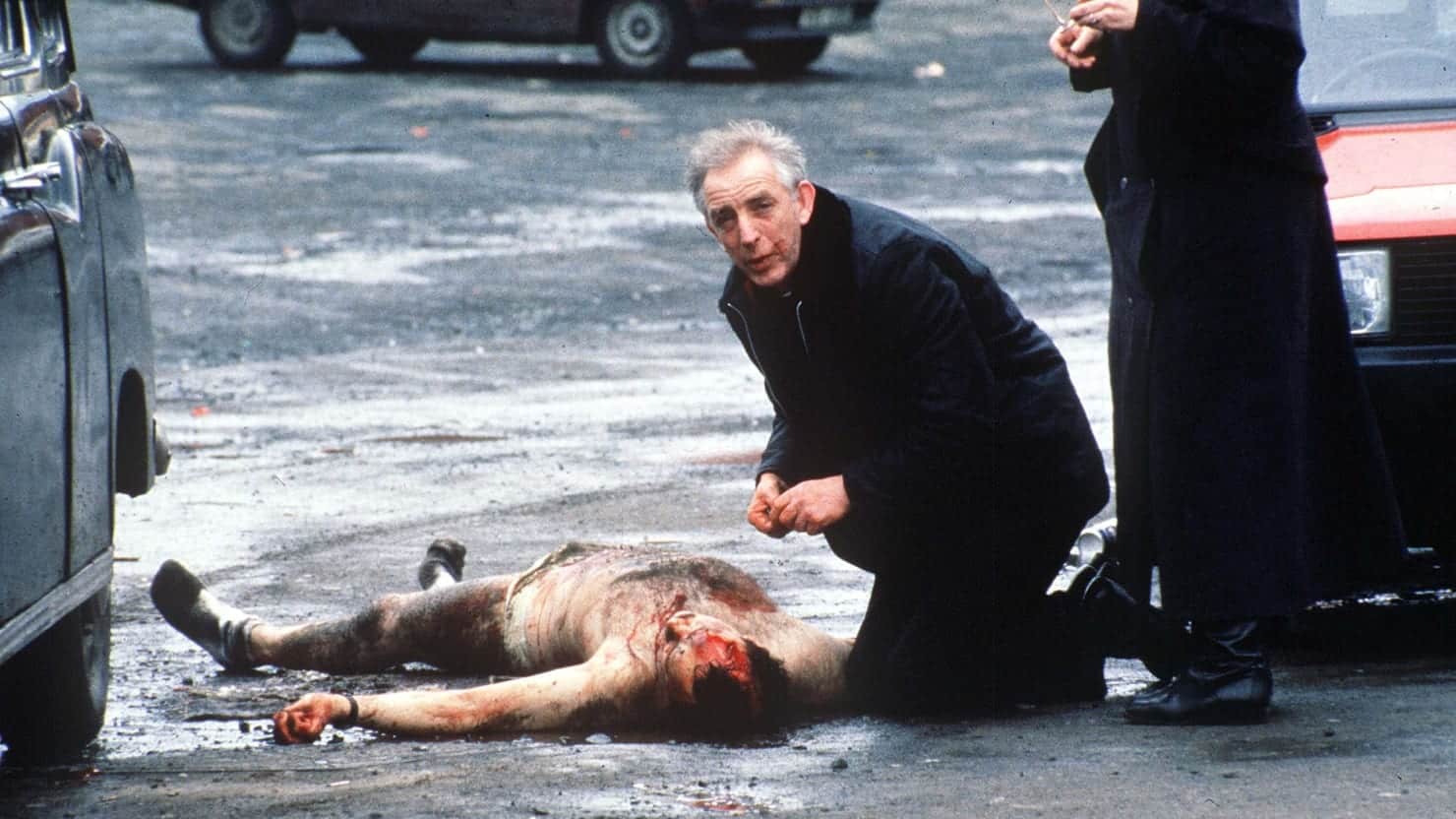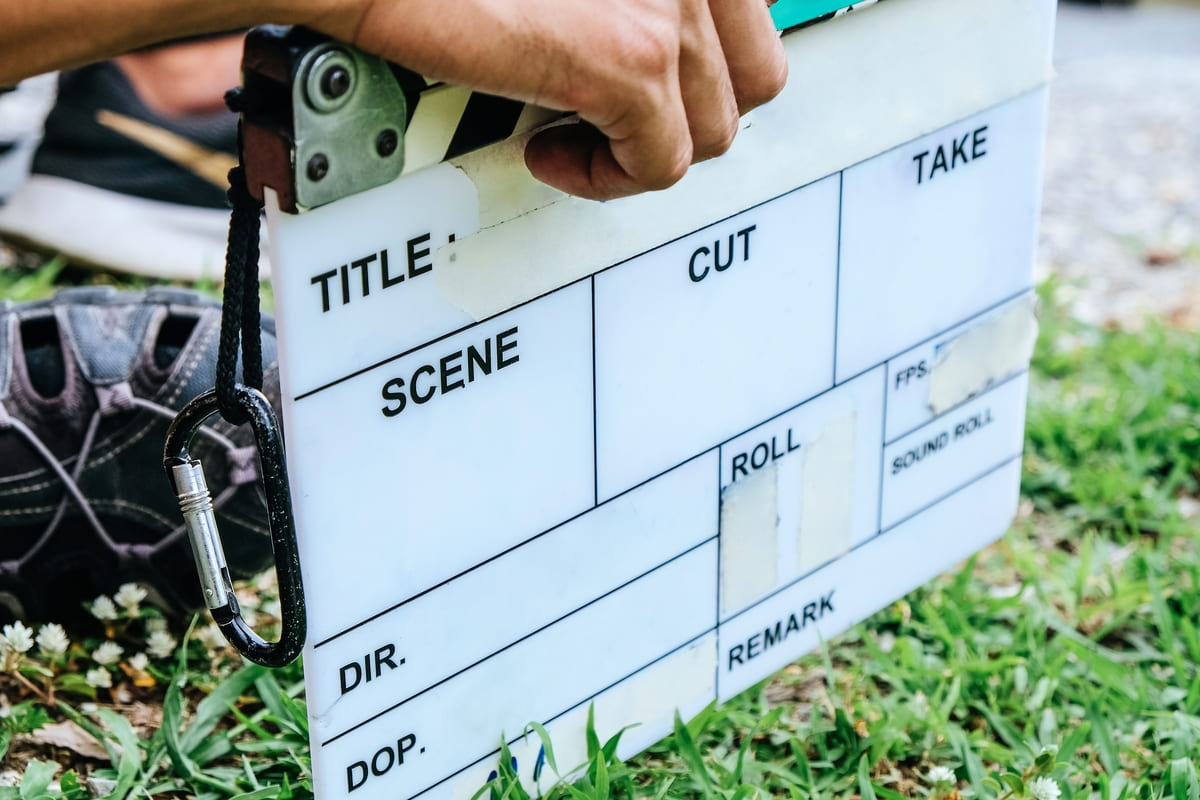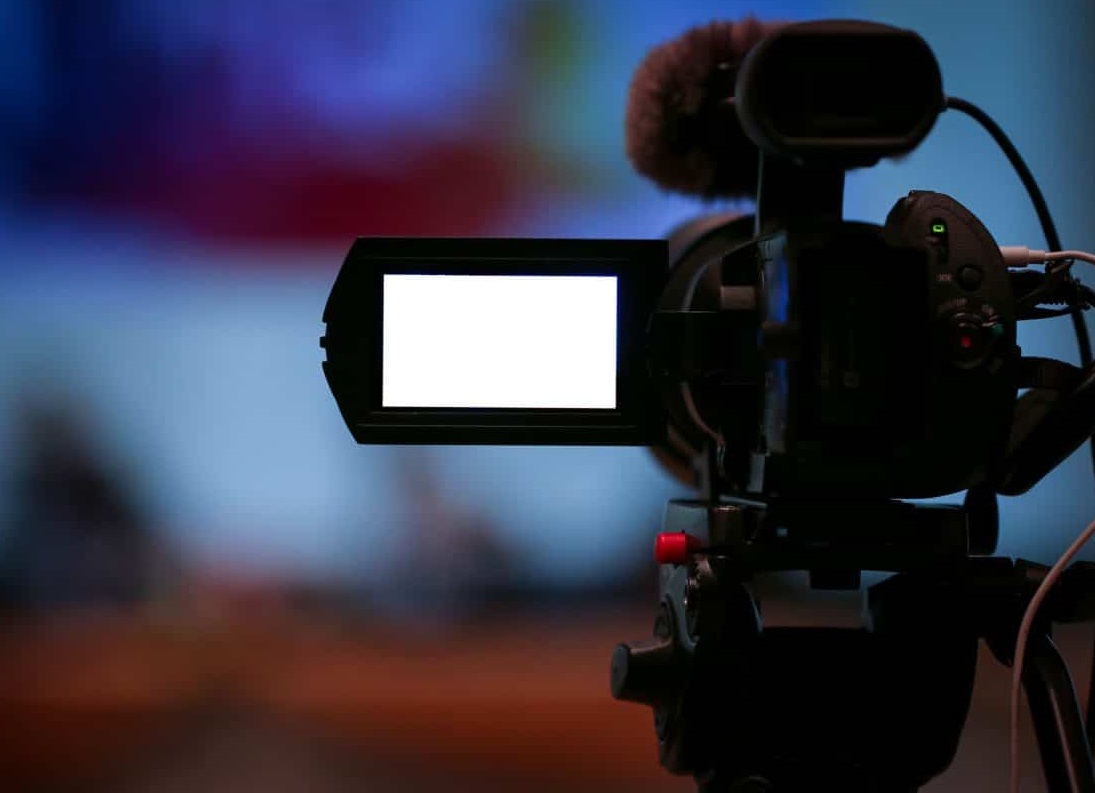This article was originally published in part in Amateur Photographer in 2007 and features the exploits of our Head of Production Luke’s dad David Cairns – a press photographer covering the troubles in Northern Ireland in the 1980’s
Just after noon on Saturday 19 March, David Cairns was driving to the funerals of those killed at the Milltown Cemetery. Checking his rear-view mirror, he noticed smoke billowing into the sky. At the same time the car radio announced a major incident in the area.
David looks a little on edge and hesitates. ‘The radio reports didn’t say what had happened, so I went to investigate,’ he recalls. He found a burning vehicle in a side road, and then heard that two people had been dragged from the car and taken away. With nothing to photograph, David decided to turn around and return to the funerals. It was at this point that he drove into the car park of the Andersontown Social Club. ‘I sensed that something was happening because I was suddenly faced with this huge crowd of people,’ he says. ‘I stretched across the seat to grab my long lens, and by the time I looked up the crowd had vanished. Maybe they thought I was army or Special Branch. All that was left was a black taxi with its doors wide open, two bodies on the ground and a priest. I leapt out of the car and started shooting on my Leica with a wideangle lens. It was scary. One guy looked dead and the other was on his last breath.’
At that time David didn’t realise the two people were British soldiers Corporal Derek Wood, 24, and Corporal Robert Howes, 23. The pair had mistakenly driven into the funeral-procession route. The two off-duty soldiers in plain clothes were dragged from their car by a lynch mob, thrown over a wall, stripped and searched before being beaten and executed by the IRA.
Corporal Wood was shot six times, twice in the head and four times in the chest. He was also stabbed four times in the back of the neck and had multiple other injuries.
Though visibly upset, David keeps telling the story. ‘After the initial shock of seeing this, my head cleared and I started to think pictures,’ he explains. ‘I walked back to the road, turned and with a long lens took the picture of Father Alex Reid, the Catholic priest, with the soldier’s body. I wanted to isolate them from the background.’
By now, David is choked with emotion and fighting back tears. ‘I went back in again,’ he says, then stops for a moment to take control of his emotions. ‘The priest was giving the last rites and looked as stunned as I was. It was a terrible way to die.’ David stops to regain his composure and continues. ‘The army were circling above in a helicopter with cameras and could see everything that was going on.’
The events of that Saturday afternoon in Belfast 18 years ago still affect David. He stops for a moment to take a breath, but apologises as he feels embarrassed. ‘There
was nothing any man could have done to help them; they were past help,’ he explains. ‘The priest was doing his job and I was doing mine. It was a horrific scene to come face
to face with. I hoped that with time, it would be pushed to the back of my mind. But it returns to haunt me, and then I think about it all over again.
‘It is hard to explain or for people to understand, but when something like this happens your training as news photographer takes over,’ he explains. ‘I was in work mode: there were two dead bodies, a priest giving the last rites, a helicopter above and the IRA everywhere. I hadn’t a clue what was going to happen next.’ He then adds, ‘These events have played on my mind. You don’t witness something like this and then walk away unaffected.’
As soon as the army arrived, David returned to cover the funeral. ‘All the other photographers had their films confiscated by the IRA,’ he says. ‘I didn’t want to lose mine, so I got the hell out of there.’
David walked through the cemetery and came face to face with Father Reid. David continues, ‘As he passed, he recognised me and just said, “God bless you, my son.” He was a good man. A very good man.’
David went straight to the airport and returned to London on the first available flight. The picture of the Catholic priest kneeing over the body of the soldier was published around the world, and that year David won Photographer of the Year and News Photographer of the Year. The picture was also named by Life magazine as one of the best pictures of the past 50 years. He sits back and relaxes for a moment or two before reflecting: ‘Not many photographers in their lifetime will come across two situations that dramatic within days.’
On the eve of the peace talks six years later, The Sunday Times called David’s picture ‘an image of compassion’ and reported: ‘What the world did not realise at the time was that this anguished Irish priest – a symbol of the nationalist community ministering in death to a symbol of the British authorities – was already deeply involved in a process that was offering the best chance for lasting peace in Ireland’s 300 years of war.’
It has been said that David’s picture contributed towards that peace process. If that is true, then his bloody work as a press photographer has brought the personal rewards that he has craved for. At last his photography has made that difference
Further reading about this shocking event can be read here.
Bob Aylott // Amateur Photographer



